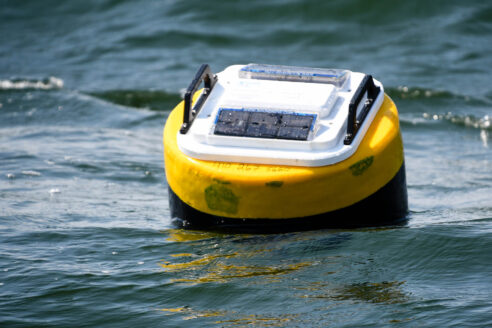Watershed Science
Understand the science behind Chesapeake Bay restoration.
Chesapeake Bay scores a ‘C’ in 2022, one percent higher than last year
June 8, 2023Annual report card provides data on environmental justice for the first time
Read story
New buoys to track dissolved oxygen in the Bay every 10 minutes, top to bottom
May 12, 2023Tracking dissolved oxygen helps us understand where wildlife is threatened
Read story
Six key programs that monitor the health of the Chesapeake Bay watershed
April 17, 2023Detecting changes over time guides environmental protection
Read story
New Bay Program report offers a roadmap for combating rising water temperatures
April 5, 2023Planting trees and conserving forests is critical for combating temperature increases
Read story
From the fish kills to Conowingo Dam, USGS investigates the Bay watershed’s most complex issues
March 27, 2023USGS Chesapeake Bay Coordinator weighs in on the agency’s achievements
Read story
Is the Chesapeake Bay’s water rising or is the land sinking?
February 7, 2023How the Chesapeake Bay is susceptible to both sea level rise and land subsidence.
Read story
Five free tools that are helping to restore the Chesapeake Bay watershed
January 24, 2023For the past 40 years, the partnership has been on the forefront of cutting-edge data and information
Read story
Lasers and satellites help us map the Chesapeake watershed
October 31, 2022How remote sensing is used in Chesapeake Bay restoration
Read story
The solar paradox
June 17, 2022Solar power is helping the Chesapeake Bay watershed meet its renewable energy goals—but what is it doing to our waters and forests?
Read story
What we’ve learned from exploring a century of nitrogen pollution
June 6, 2022Bay Program partners collaborate on an award-winning report
Read story
